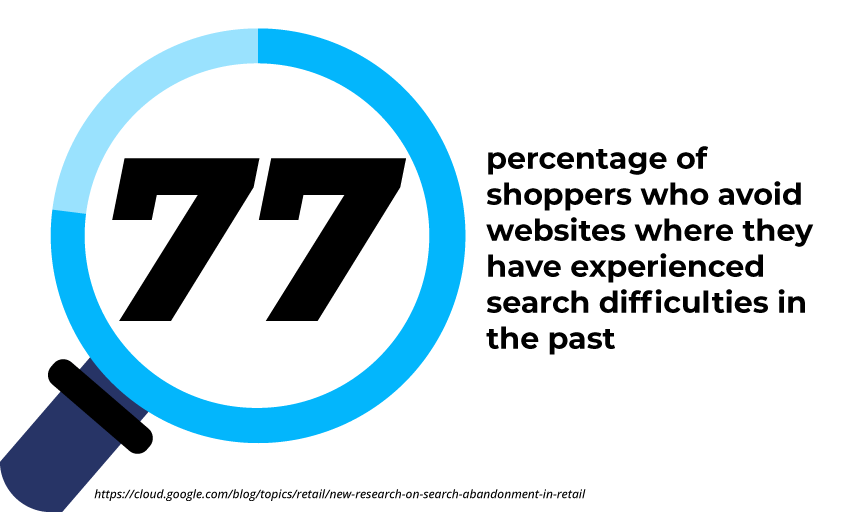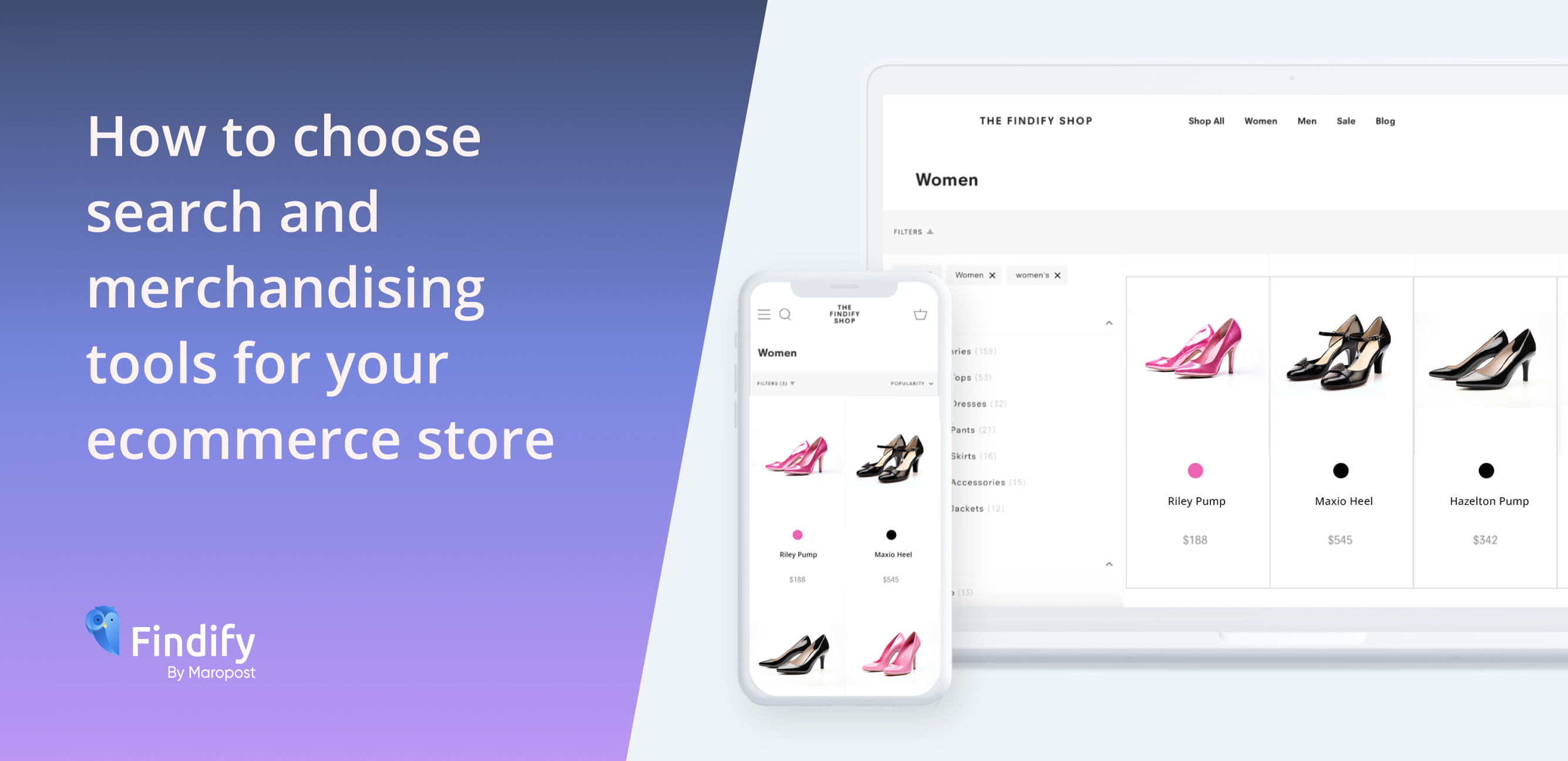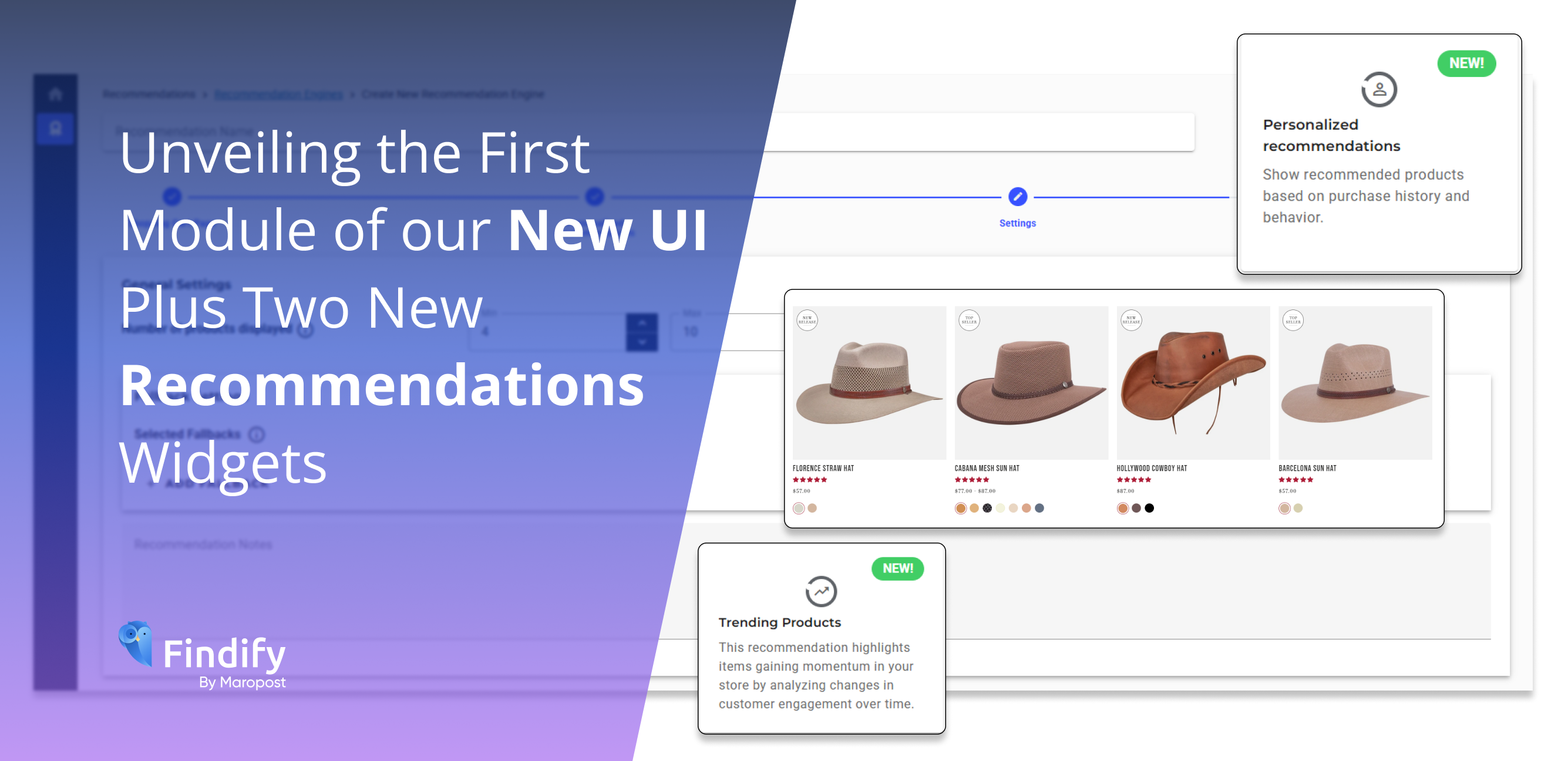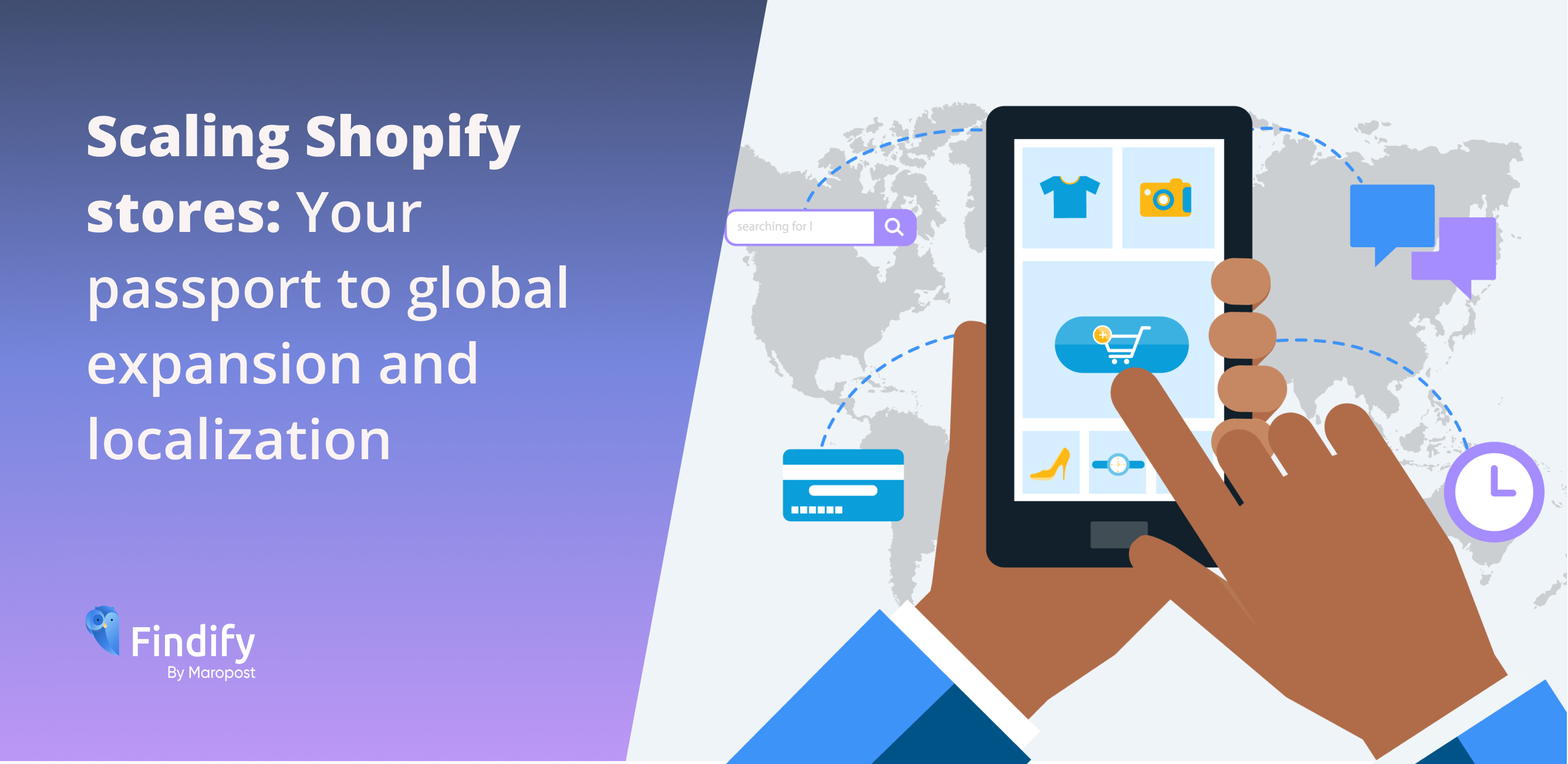If your customer is searching for a pair of shoes for an event, they may be considering everything from size, color, shade, and quality to cost, availability, and timing. Shoppers who go through the trouble of finding the perfect shoe, only to find it won’t arrive on time because the site lacks the necessary filter, can become frustrated and be deterred from using your site for good. In fact, 77% of shoppers globally say they steer clear of sites where they previously encountered search problems.

How do you ensure you’re giving shoppers the options they want so they return for even more positive experiences? Offer them a hyper-personalized search and merchandising experience tailored to their preferences.
AI-driven search and merchandising software makes discovery smarter, giving shoppers personalized results and recommendations for the products and services they are most likely to want and buy. For ecommerce companies, these tools can make or break the customer experience and your bottom line.
Ecommerce search tools let users search your site using keywords and other filters. Merchandising tools help you present products and collections in relevant and personalized ways. Read on to learn how to select the best ecommerce tools for your site.
Which search and merchandising tools do you really need?
To make the best decision about tools, start with what you know about your existing customers. By understanding their preferences and behaviors, you can make better product, merchandising, and marketing decisions.
Continue to take every opportunity to study visitor behavior and ask them about their shopping experiences. Also, research shoppers in your industry at large. Whether you sell fashion, electronics, home goods, or other items, shoppers with similar interests will often share some characteristics and behaviors.
Additionally, your specific products may influence behavior. For example, in industries like electronics with large price ranges, cost may play a significant factor in the recommendations shoppers want to see. On fashion sites, considerations like sustainability and personalized recommendations could play a bigger role than pricing in the effectiveness of recommended collections.
Evaluate key features to find the most effective tools
These valuable features affect both sales and the ecommerce user experience.
Based on the specific needs of your store and industry, determine which features are must-haves, which are nice to have, and which you don’t want or need. Then, compare ecommerce tools by looking at your tool options to measure the features you need and want against the cost and scalability of the solutions.
- Conversion rate: The percentage of visitors who follow through with a purchase.
- AOV (average order value): The typical amount spent each time a customer checks out on your site.
- Lifetime customer value: The total amount a company expects a customer to eventually spend with them.
- Personalization: The use of AI to tailor search results and product recommendations for an individual based on demographics, preferences, and past behavior to improve engagement and conversion rates.
- Search exit rate: The percentage of visitors who leave the site after a search without taking any action.
- CTR (click-through rate) from search: The percentage of clicks resulting from a search.
- Cart abandonment from search: When shoppers leave the site without purchasing what’s in their cart because they can’t find an item they’re looking for.
- Bounce rate: The percentage of site visitors who leave after viewing only a single page.
- Predictive search: A search feature that anticipates and offers suggestions for what a shopper may be searching for.
- Auto-complete: Instant search suggestions to save shoppers time as they’re typing.
- Faceted navigation: A search system that allows users to personalize results based on filtering attributes like price, brand, color, and size.
- Searchandising (search + merchandising): The use of data to give shoppers more relevant and personalized search experiences through filters, autocomplete, and product recommendations.
Measuring ecommerce tool success
Your search and merchandising tools should support shoppers and also optimize sales by making their experience so engaging that shoppers want to continue looking and even come back later.+
But how do you know whether they’re succeeding? To assess their performance, track key performance indicators (KPIs) (see definitions below) like your conversion rate, average order value (AOV), search exit rate, click-through rate (CTR) from search, cart abandonment from search, and bounce rate. You can compare these to your past numbers and industry benchmarks.
Such metrics are valuable when comparing them before and after tool implementation. Some ways to determine success:
In addition to pre- and post-tool comparisons, it’s valuable to test your store, its tools, their functionality, and user experiences. Look for A/B testing features within your tools to allow experiments and comparisons between different merchandising presentations and tactics. These allow you to see where you can make the most impactful improvements.
Additionally, tools should provide reporting and insights on how shoppers use your site. Your metrics will allow you to see merchandising issues, identify user trends, and improve the ecommerce search experience. The ability to analyze your store is critical to sales optimization and long-term success.
Stand out in a competitive market
There can be large discrepancies between available ecommerce search and merchandising tools, so it pays to research and compare. In your efforts to improve the shopping experience on your ecommerce site, visual, customizable, and AI-driven tools can help you find and maintain loyal customers.






